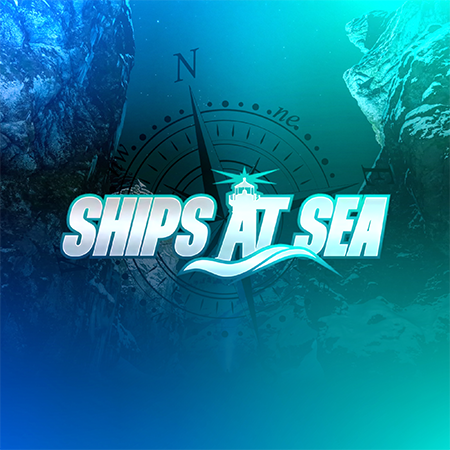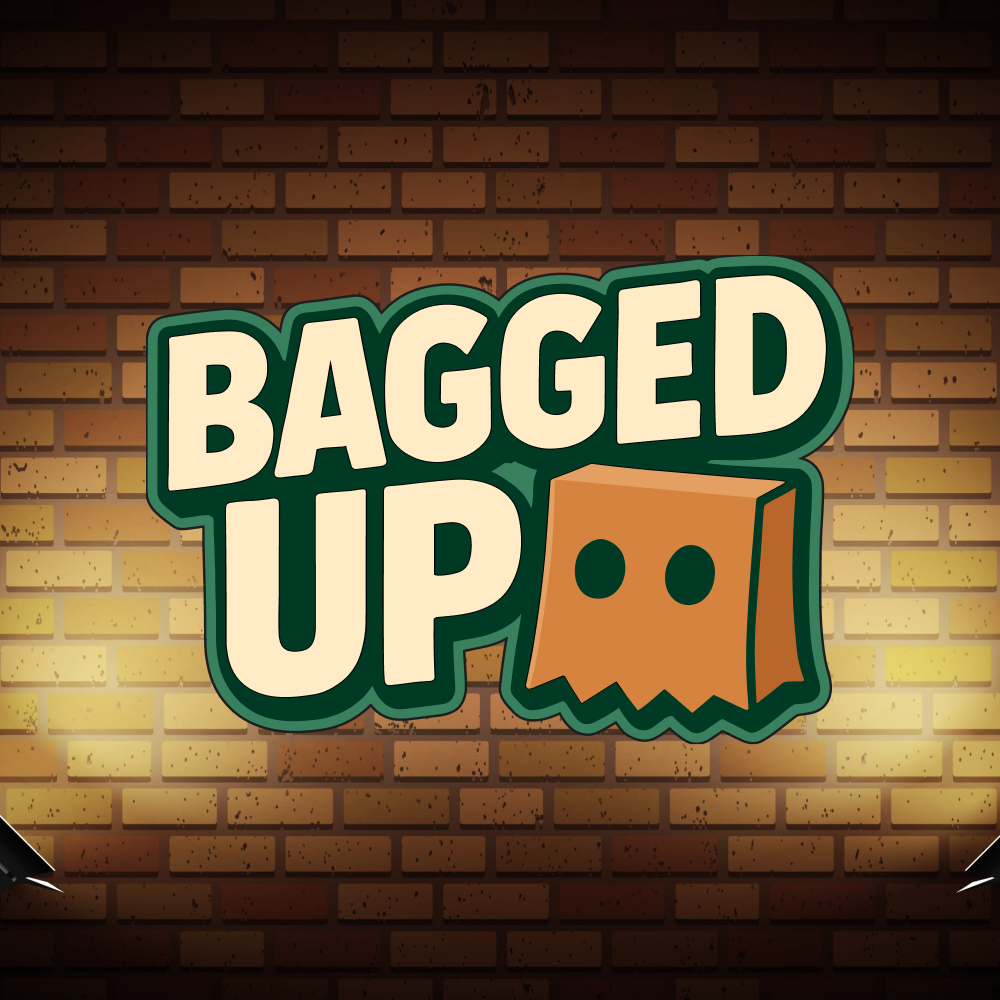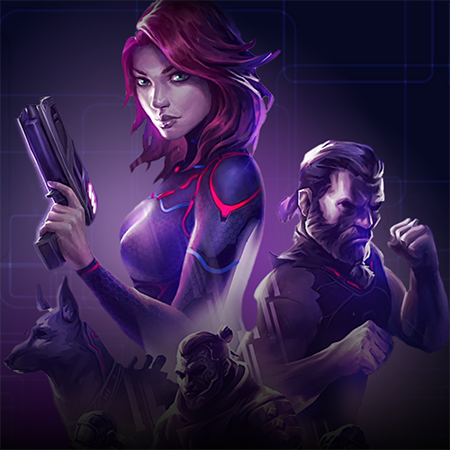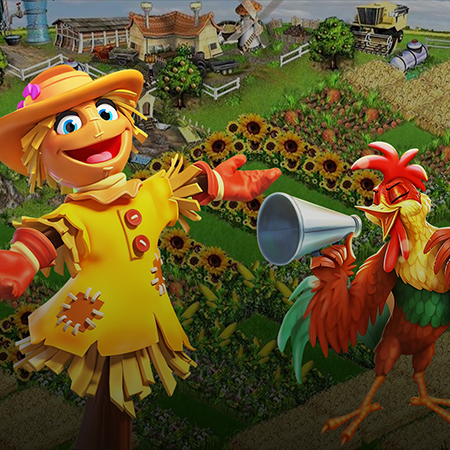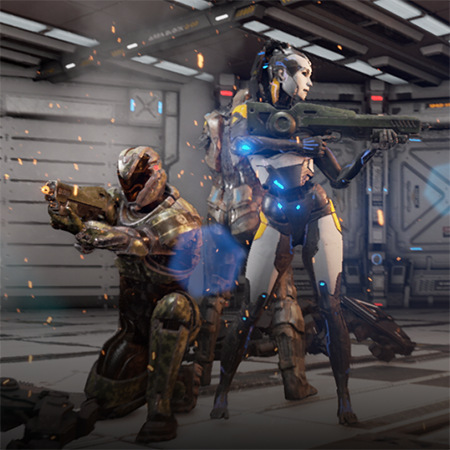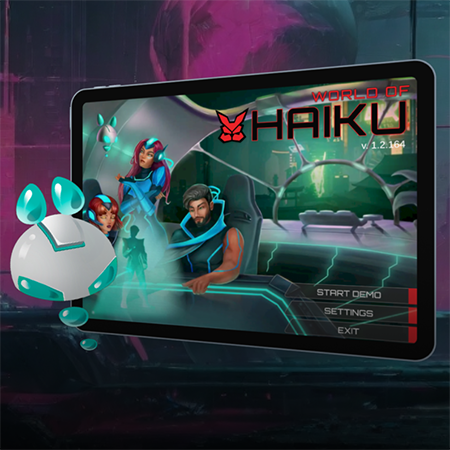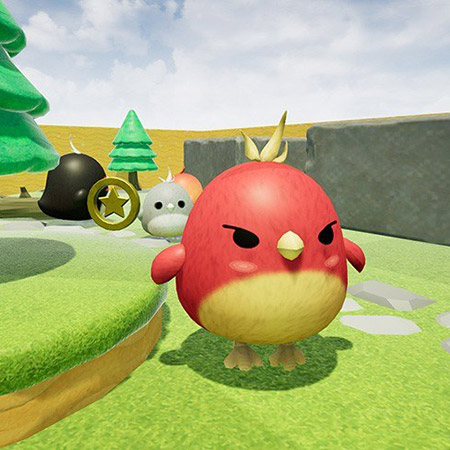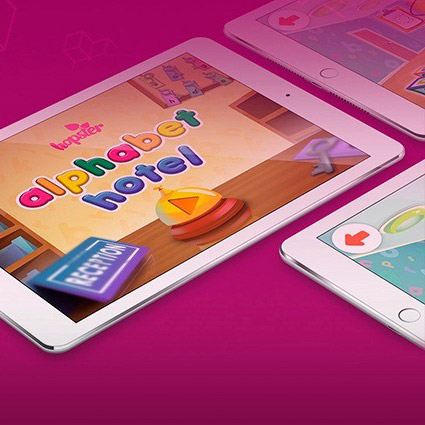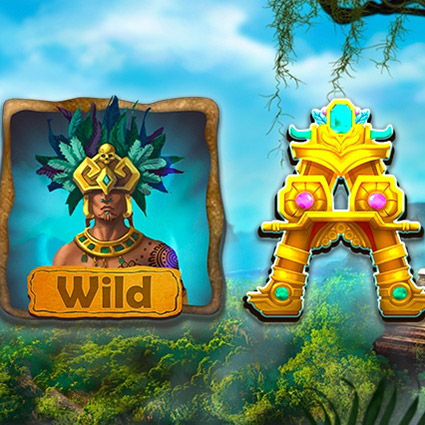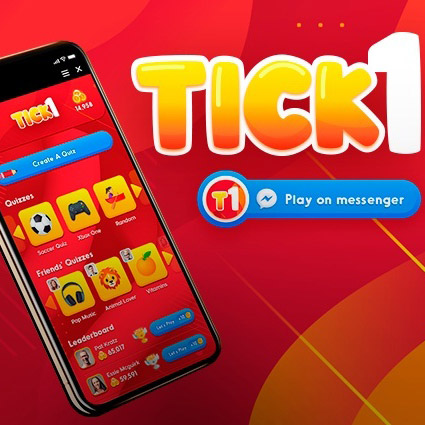An actual Roblox browser game offers more than casual entertainment. It opens a scalable path for Roblox game development teams to reach larger audiences without requiring app downloads or device-specific installations. Unlike mobile or console games, browser-based Roblox experiences lower access barriers and supports fast user onboarding. Players can launch directly from a shared link, which simplifies user acquisition and testing.
Browser compatibility also forces developers to think critically about performance, responsiveness, and player flow. That pressure leads to more refined user experiences, which benefits both the creator and the end user. Developers working in Roblox Studio must plan around memory limits, load times, and UI flexibility to ensure smooth interaction across various screen sizes and system specs.
Roblox game development for browsers is no longer a niche task or backup option. It now supports the primary distribution model for creators who want reach, retention, and lower friction at launch. Browser-first thinking also plays a role in experience optimization, especially when testing new mechanics or validating early ideas with real users. Understanding the full potential of Roblox browser games means treating them as part of a long-term content strategy.
What Is a Roblox Browser Game, and Why Does It Matter?
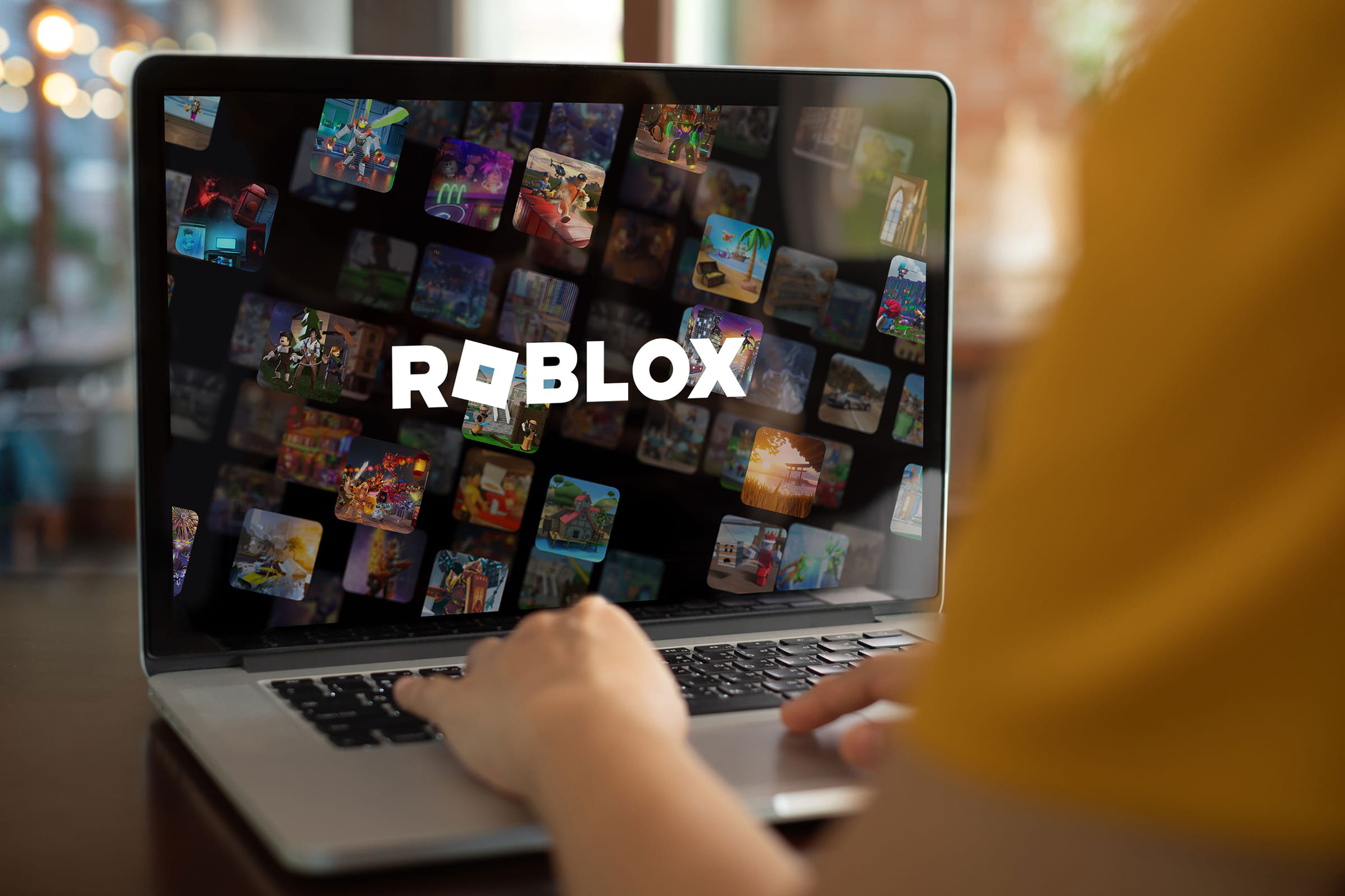
A Roblox browser game enables players to launch and interact with Roblox experiences directly through a web browser, eliminating the need to install a native app. This delivery method supports instant access, removes technical friction, and widens the audience reach. For creators, it simplifies testing, speeds up distribution, and improves user feedback loops. The browser format is becoming a critical part of Roblox game development and content delivery strategies.
Defining Roblox Browser Games in 2025
A Roblox browser game in 2025 refers to any Roblox experience that runs fully in a web browser, using streaming or native browser support. The game’s core systems still rely on Roblox Studio and Lua scripting, but the user interface, performance profile, and input mapping adjust to browser constraints.
Support for browser-based play has expanded due to advancements in web infrastructure and demand for no-install access. Roblox continues to improve WebAssembly integration and real-time server synchronization to meet these expectations.
Here are the main traits of a Roblox browser game in 2025:
- Instant access. Users can start playing without app downloads or setup.
- Multi-platform reach. The same game session runs on desktops, laptops, and Chromebooks.
- Lower hardware requirements. Games adapt to systems with limited memory or older processors.
- Zero local storage dependency. Saves and settings are tied to the cloud, not the device.
Browser-based experiences are often the first entry point for users in educational, casual, or test environments. They enable controlled feedback loops, live testing, and wider social sharing.
How the Browser Version Differs from the Roblox App
The browser version of a Roblox experience uses a different access layer compared to the Roblox app. Although the gameplay logic and asset structure remain the same, the performance context, security model, and interaction pipeline undergo significant shifts.
The differences are:
- Access path. The app requires download and installation; the browser does not.
- Hardware handling. Mobile apps can use local processing and storage, while browser games rely on cloud-based processing and streaming buffers.
- User interface scaling. App interfaces can be fixed for screen ratios; browser UIs must adapt dynamically.
- Update control. Roblox browser games update instantly on reload; app updates depend on store cycles.
For developers, the browser format also limits access to certain APIs, especially those tied to hardware functions or device permissions. Input sensitivity and asset load timing must be tested across multiple browsers and network speeds. This process may resemble the testing strategy used by any HTML5 game development company working across platforms. Understanding how browser and app contexts affect game behavior is essential for scaling development and improving user retention.
Why Browser-Based Gaming Still Has Strategic Relevance
Browser-based Roblox games remain relevant in 2025 due to their low-friction entry, cross-device compatibility, and rapid feedback cycles. While many users still prefer mobile apps, browsers remain a dominant medium in classrooms, shared devices, and time-sensitive contexts where downloads are impractical.
Three reasons why browser-based distribution is still critical:
- Faster access time. Players can try a game immediately by clicking on a shared link.
- Better testing environments. Developers can launch updates and fixes without waiting for store approvals.
- Wider device coverage. Low-end hardware, school computers, and restricted systems often allow browser use but not app installations.
Roblox game development teams who prioritize browser delivery gain an edge in onboarding new users and collecting early metrics. The browser also enables broader A/B testing by reducing steps between exposure and interaction.
New Roblox Web Player and Engine Updates
The Roblox web player in 2025 operates on a stronger engine foundation that enhances stability, streaming, and rendering quality. Roblox has gradually transitioned its browser runtime to rely on WebAssembly (WASM) and WebGPU, which together allow near-native performance even on lower-spec hardware.
Recent improvements include faster compilation times, dynamic texture compression, and server-assisted streaming for heavy scenes. These changes make browser experiences look and feel more like native gameplay, eliminating the need for external clients. For developers, it means fewer compromises between visual fidelity and speed.
Another critical upgrade lies in smoother memory allocation and predictive preloading. Roblox's servers can now detect bottlenecks in network throughput and dynamically adjust streaming rates. That flexibility ensures a consistent frame rate even when users switch tabs or run multiple browser processes.
In direct comparison with older HTML5 or WebGL engines, Roblox's WASM-based runtime offers better synchronization for multiplayer sessions and more reliable asset streaming. The difference is especially noticeable in educational and simulation projects where consistent latency is crucial.
Modern classrooms increasingly integrate Roblox play-to-learn gamified education models that turn lesson objectives into interactive challenges, helping students build critical thinking and collaboration skills through engaging, structured gameplay.
Developers focusing on Roblox browser optimization should closely monitor these updates, as future versions of the Roblox web player are expected to include partial GPU-accelerated lighting and reduced shader load, making browser play an equal alternative to the native app.
The Market Impact of Roblox Browser Games

Roblox browser games continue to shape how users discover and interact with new experiences. Their fast entry point drives trial-based engagement, which feeds into stronger user acquisition strategies. Developers who understand browser-specific behavior can shorten their funnels, increase early conversions, and test content more efficiently. For those learning how to make a Roblox game, understanding browser impact is a massive part of building for growth.
Browser Games and User Acquisition Trends
Browser-based Roblox games simplify the acquisition path by removing typical blockers like app downloads or device compatibility checks. As user attention spans shorten, the gap between discovery and interaction must shrink. Browser delivery directly supports that demand.
Why browser-based access supports more substantial acquisition:
- Lower commitment threshold. Users are more likely to try games when no installation is needed.
- Faster sharing. Game links can be shared instantly across platforms or embedded in online communities.
- Device independence. Players on school computers shared devices, or low-performance systems can still access the game.
- Search engine visibility. Browser-accessible games have an SEO presence, unlike app-only experiences.
Developers focused on how to make a Roblox game for real reach often start with browser optimization. It allows for faster testing of concepts, earlier user feedback, and frictionless A/B experiments on layouts, mechanics, or tutorial flows. In the early stages, this can save both time and budget before committing to a broader platform rollout.
SEO and Discoverability for Roblox Browser Games
Browser-based Roblox games benefit from being indexable and shareable, a feature that native app games rarely achieve. Developers can utilize standard web optimization techniques to bring new players directly into their experiences, eliminating platform limitations.
The essential discoverability methods include:
- Landing pages for each game. Create short, search-optimized pages describing gameplay, featuring screenshots, and embedding a "Play in Browser" button.
- Metadata and structured data. Add OpenGraph tags, JSON-LD, and descriptive titles so links render correctly on search engines and social platforms.
- UTM-tagged URLs. Measure where visitors come from (social ads, Discord links, or educational portals) and match that data with engagement metrics.
- Backlinks and community mentions. Share browser-ready links on Reddit, YouTube, or developer forums where installation barriers deter participation.
- Localized content. Translate your landing copy or in-game prompts into multiple languages to reach global audiences.
For SEO purposes, each browser game should function like a micro-site. By combining external visibility with Roblox's internal search system, creators expand organic reach and improve early traffic. The strategy directly connects marketing with gameplay, closing the gap between discovery and session start.
Monetization Potential Within Roblox Browser Games
Monetization inside a Roblox browser game follows the same core mechanics as the platform overall, but the delivery context changes user behavior. Transactions tend to happen later in the session, and retention-based models often outperform impulse purchases.
Some monetization methods supported in the browser:
- In-experience purchases. Users can buy items, cosmetics, or boosts using Robux.
- Private server upsells. Premium users can pay to host personal sessions.
- Subscription-based perks. Recurring benefits for long-term players who stay loyal.
- Event-driven rewards. Limited-time content that encourages quick spending decisions.
Browser-based games also work well with external monetization funnels. For example, a creator can promote their Roblox experience on a landing page, drive SEO traffic, and guide users directly into the game without needing a download step.
To optimize revenue, developers should analyze retention curves, session lengths, and Robux transaction timing by browser platform. Although the revenue per user may initially be lower than in-app, higher volume and better shareability often balance the economics.
Case Studies: How Top Experiences Thrive in Browser Format
Top-performing Roblox browser games often adhere to a set of strategic design choices that align with the platform’s strengths. Developers behind successful browser-based experiences focus on performance, onboarding, and loop clarity rather than pushing graphics limits or device-specific features.
Common traits among high-performing browser games:
- Minimal initial load. Fast startup improves retention from the first second.
- Clear early rewards. First-time users must feel progress within one or two minutes.
- Simple controls. Browser play refers to devices such as touchpads, keyboards, and non-standard mice.
- Wide appeal. Games with universal themes tend to perform better across various web traffic sources.

Pet Simulator X
Examples like Pet Simulator X, Adopt Me!, and Brookhaven all benefit from simple UX, fast sessions, and shareable experiences. Their teams constantly test new browser flows, onboarding paths, and mobile-web conversion strategies to stay competitive.
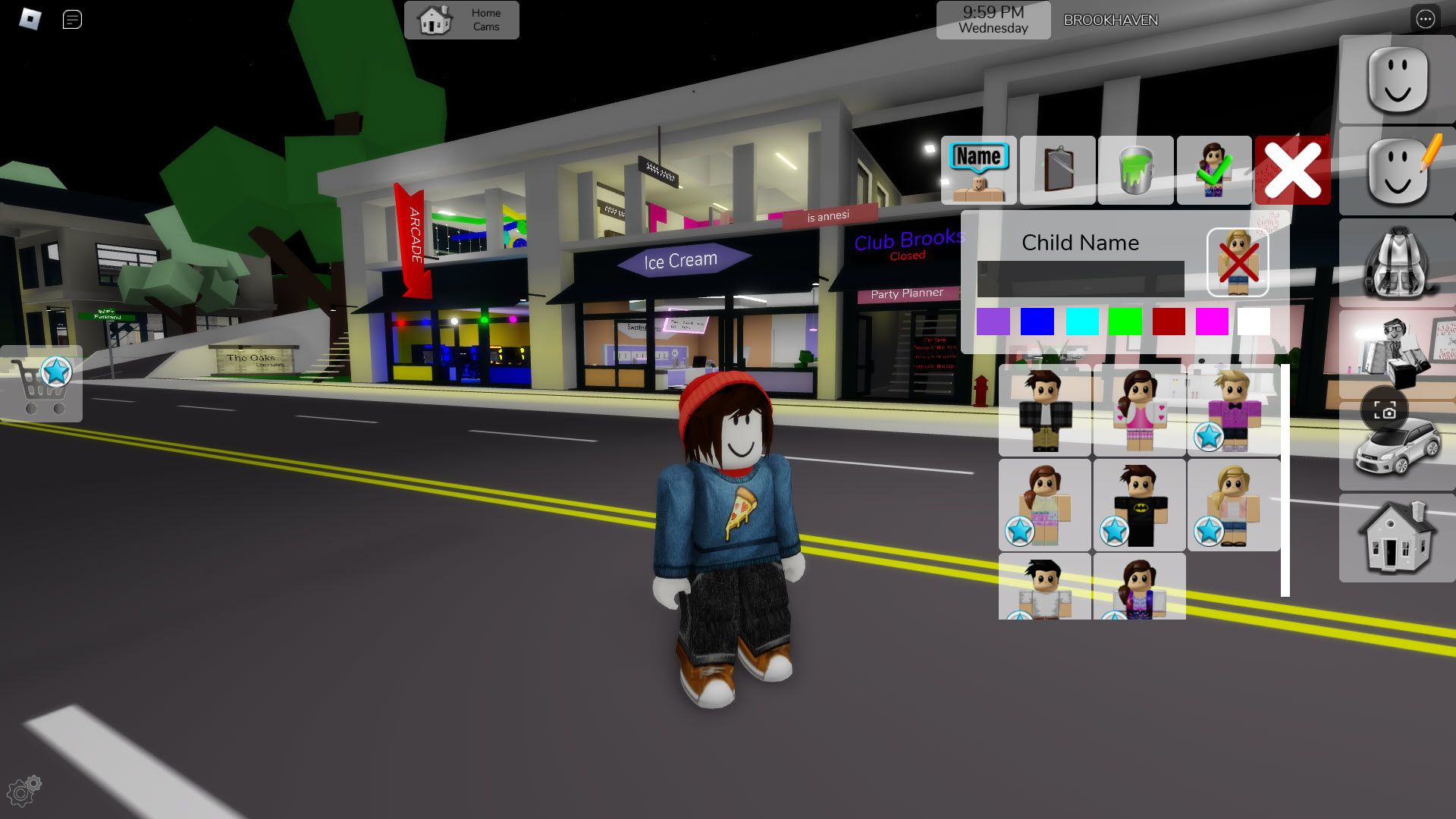
Brookhaven
For any team building from scratch, looking at how top Roblox browser games simplify delivery while supporting long-term value is a practical step forward.
Top-notch Roblox browser games. For your needs.
Pros of Roblox Browser Games for Content Creators
Browser-based Roblox experiences give creators more flexibility when testing ideas, reaching new users, and collecting real-time feedback. Games that run in-browser often lead to higher exposure, especially for casual users. For creators of Roblox simulation games, the browser format supports faster onboarding and broader audience targeting across different devices and entry points.
Easier Access Means Higher Engagement Rates
Roblox browser games cut down on the friction that usually reduces engagement. Users can enter an experience with one click, no downloads, and no login delays if they already have a Roblox account. This simplified flow removes the barriers that typically lower session starts.
Direct access contributes to higher engagement through:
- Faster trial-to-play transition. Visitors don’t get stuck during app installs or compatibility errors.
- Better fit for low-commitment users. Casual players are more likely to explore new Roblox simulation games.
- Stronger social sharing outcomes. Friends can join sessions without switching platforms.
- Higher reactivation potential. Past users return via links, not app push notifications.
Creators who optimize for browser-based users often see better retention during early sessions. First impressions matter more when there are no app features to fall back on. If the content loads fast and the goals are clear, engagement metrics improve organically.
Performance Metrics: How Creators Can Track Browser Traffic
Roblox developers using browser delivery should actively track user behavior across entry points. The browser allows a different analytics approach than mobile or desktop apps. Sessions can be tied to referral links, website embeds, or ad placements, enabling deeper analysis of acquisition and retention.
Important performance metrics for browser-based Roblox games are:
- Session length. Tracks how long users stay active from link entry.
- Bounce rate. Measures how many users drop before interaction.
- Engagement depth. Tracks how far users progress into the game loop.
- Conversion to monetization. Shows when and how browser users spend Robux.
Browser analytics also help test new Roblox simulation games before the app-wide launch. For example, if a user enters through an educational site or shared Discord link, creators can match that data with session behavior and iterate based on real outcomes.
Although Roblox doesn't support external analytics natively, UTM-tagged links and Roblox's built-in metrics are still effective when paired with external tools like Google Analytics on landing pages.
Growing and Managing a Cross-Platform User Base
Roblox creators who support browser-based access often see user diversity grow quickly. Players might enter through desktop links, school devices, or embedded browser environments that don’t support app installs. This broader reach demands a content structure that works across input types, screen sizes, and system limitations.
To maintain consistent quality, developers must design interfaces that automatically scale to fit both large and small resolutions. Tutorials need to adjust based on whether a player is using a mouse, keyboard, or touchpad. If a control scheme feels unnatural on just one platform, users may leave before completing even the first interaction.
Managing communication across platforms also requires precision. Browser users interact differently than mobile players, so in-game prompts, onboarding messages, and reward triggers should reflect that context. Developers who track behavioral data by platform will spot friction points faster and adapt based on real usage patterns.
As Roblox simulation games expand, cross-platform stability becomes a direct factor in user growth. Instead of forcing players into a specific format, creators who treat each platform as a primary entry point build broader, more resilient communities.
Building for the Browser: What We Should Know Before Launch
Developing Roblox experiences with browser access in mind changes the planning process from the start. Browser-first thinking requires different design assumptions, stricter load budgets, and interface flexibility that many developers overlook. Without preparation, performance issues and user drop-offs follow. Before pushing a project live, it’s necessary to assess how your game behaves outside the native Roblox app environment.
Why Browser-First Development Changes Your Audience Reach
A game built with browser users in mind often reaches a wider and more mixed audience. App users tend to come through curated channels or pre-installed platforms. Browser users, on the other hand, click in from links, social embeds, school portals, or SEO results. That means sessions often start with zero context and very little preparation.
Browser-first planning helps developers remove unnecessary steps that slow down access. There is no store visit, no installation, and no additional confirmation needed. As a result, many users who never would have opened the Roblox app can now try a game from a shared link or a search result.
Developers also gain more exposure in environments where app access is restricted. Classrooms, libraries, and older shared computers often allow browser use but not app installs. For Roblox simulation games that rely on volume and experimentation, this is a practical way to increase reach and get feedback from real users.
When browser users are considered early in the design process, the onboarding flow becomes cleaner and more direct. That reduces bounce rates and allows more users to experience the core loop.
Technical Considerations for Roblox Experiences That Run Seamlessly on Web
Running a game in a browser creates several new constraints. The browser environment limits how memory is managed, how quickly assets load, and how users interact with interface elements. Each of those areas must be tested separately before launch.
Asset load order matters more in browser sessions. Users expect to start quickly, and delays of just a few seconds can cause drop-offs. Heavy models, long audio tracks, or too many scripts loading at once may slow everything down. Developers should prioritize deferred loading and modular asset management.
Input handling is also more complex. Mouse controls behave differently depending on the browser engine, and some input methods may not register the same way they do in the app. Developers must check whether keyboard shortcuts trigger the intended functions on both Chrome and Firefox.
Another issue is connection stability. Unlike mobile apps, browser tabs can be refreshed or closed without warning. The game must autosave progress in short intervals so players don’t lose everything after a disconnect. Without adapting to these limits, even well-designed Roblox games can perform poorly when opened in a browser.
How to Optimize a Roblox Game for Browser Performance
Optimization is the defining factor in making a Roblox browser game feel professional. Even well-designed experiences lose traction if users face long load times or inconsistent performance. Developers can improve browser responsiveness through a structured process:
- Compress assets efficiently. Reduce texture sizes and use Roblox's built-in streaming to load secondary scenes only when required.
- Prioritize first-frame interactivity. Let players move or click within two seconds of launch. A short loading animation helps maintain high engagement.
- Simplify lighting and materials. Replace real-time reflections or high-poly models with baked alternatives for smoother frame rates.
- Minimize script dependencies. Consolidate repeating scripts and track memory leaks during testing.
- Simulate weak networks. Use browser dev tools to throttle bandwidth and evaluate performance under realistic user conditions.
- Set clear fail-safe points. Ensure that partial loads still allow gameplay even if a texture or sound file fails to stream.
By planning for these limitations early, developers reduce drop-offs and create experiences that users can enjoy on any connection or device. Optimizing for the browser isn't about cutting quality; it's about delivering the essential loop instantly and expanding access to new audiences.
Cross-Platform Compatibility Without Compromise: Best Practices for Scalable Design
Developers who plan to support both app and browser users must follow consistent design rules that do not rely on device-specific behaviors. A game should load duplicate content, run the same logic, and guide users through the same objectives, regardless of the platform.
To improve compatibility across devices and browsers:
- Use scalable layouts. Interfaces should resize cleanly without hiding buttons or overlapping text.
- Adapt tutorials by input type. Prompt players with instructions that match their control method.
- Avoid device storage. Save states must use Roblox’s cloud-based systems, not local caches.
- Test on real browsers. Run sessions in Chrome, Edge, and Firefox to confirm stability.
- Watch for visual overload. Avoid effects that require strong GPUs, mainly when used in early scenes.
Consistency helps build player trust. If the experience breaks or behaves differently across platforms, users are less likely to return. Scalable design is not about lowering standards. It’s about adjusting delivery so that every player receives the same quality regardless of how they access the game.
Roblox Browser Games in the Larger Gaming Ecosystem
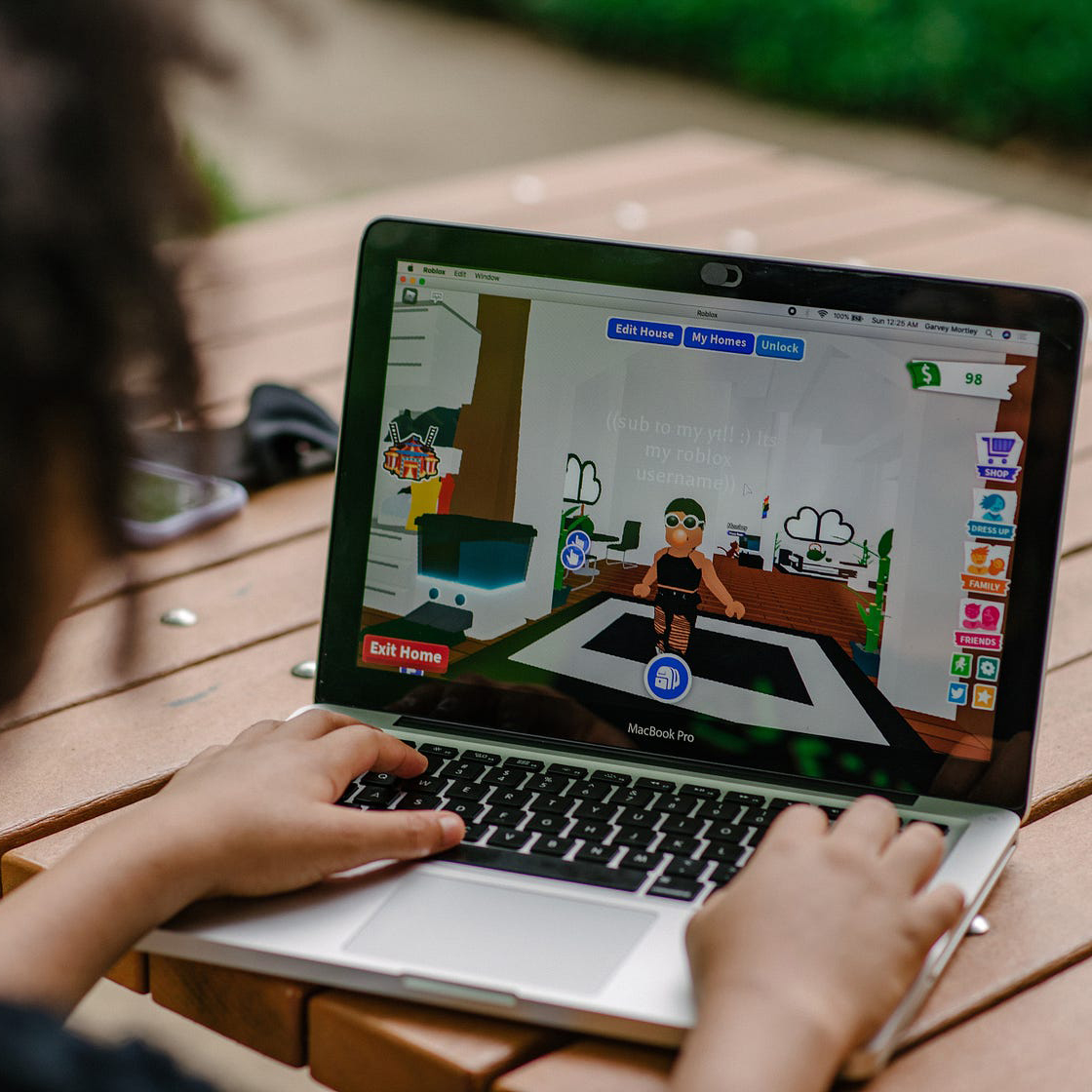
Roblox browser games now compete with web-based titles across various engines and platforms. Their accessibility, low cost of entry, and strong community tools make them visible not only to casual players but also to educators, IP owners, and brand teams. For Roblox educational games and commercial projects alike, understanding their role within the broader gaming context helps define sustainable growth strategies.
Competition and Differentiation from Other Platforms
Roblox browser games compete with traditional web-based titles built on engines like Unity WebGL, Construct, and Godot. Most of these competitors focus on independent distribution or one-time use in classrooms or entertainment hubs. Roblox, on the other hand, ties its browser games to a persistent account, social graph, and virtual economy.
Where other platforms depend on standalone sessions, Roblox supports identity-driven experiences. Players return for daily progress, group interaction, and game-linked avatars. That alone changes how content creators must design both progression and monetization.
Unlike one-off HTML5 games, Roblox experiences update in real time and run on a shared engine where creators can reuse assets, systems, and code libraries. That reduces development overhead and simplifies version control.
For those building Roblox educational games, the platform’s reach and user retention mechanisms help reinforce learning objectives through repeat sessions and community engagement, something isolated platforms rarely support. Roblox also holds an advantage in discoverability due to its internal search features, which push quality content forward across genres.
How Roblox Positions Itself Against Other Browser-Based Engines
Roblox does not operate in isolation. It competes with engines that support native browser deployment through technologies like HTML5, WebGL, and WASM. Yet its strategy focuses less on engine-level feature parity and more on scale, creator support, and shared infrastructure.
Let’s look at how Roblox positions itself compared to standalone engines:
Instead of matching every feature of other engines, Roblox focuses on keeping development simple, entry friction low, and player engagement ongoing.
Opportunities for IP Licensing and Brand Presence
Roblox browser games open real use cases for licensed content, branded experiences, and IP collaborations. The platform has already hosted interactive campaigns for major media, sports, and consumer brands. The browser format makes these campaigns easier to access and share, especially among younger audiences.
Branded experiences no longer require users to download a dedicated app or visit a standalone site. Launching through a Roblox browser game removes the technical barrier and shortens the marketing funnel. That opens the door for brands to measure success in direct engagement metrics rather than impressions alone.
For IP holders, Roblox offers controlled environments where brand elements, character designs, and narrative goals can stay intact. Built-in moderation, customizable user roles, and tiered access options give brand managers more control than on open web games.
Roblox educational games also benefit from this structure. Organizations can launch browser-first experiences tied to existing programs, using familiar characters or visual themes to maintain attention and drive learning outcomes.
As the demand for web-based brand interactions grows, Roblox provides a contained, scalable framework where licensed content can run safely, load fast, and reach a broad audience with minimal setup.
Browser-Based Roblox Games in Education and Corporate Training
Roblox's browser delivery mode aligns naturally with educational and enterprise training environments, where controlled access and no-installation policies dominate. Institutions increasingly use Roblox to host safe, browser-accessible simulations that demonstrate teamwork, system operations, or situational awareness.
Educational Roblox games built for browsers can:
- Support instant classroom deployment, bypassing software installation restrictions.
- Provide analytics on learner participation through built-in Roblox metrics.
- Enable remote participation across various hardware, including Chromebooks and shared desktop labs.
In the corporate sector, browser-ready Roblox environments enable interactive onboarding, soft-skill simulations, and gamified workshops without IT friction. Brand-aligned avatars and customized dashboards make training more relatable to employees while maintaining platform compliance.
Companies aiming to expand their Roblox projects often choose to hire Roblox developers who specialize in optimizing performance, implementing monetization systems, and ensuring cross-platform compatibility for both app and browser experiences.
For both sectors, Roblox's cloud saves and moderation tools ensure privacy and content control, making it an adaptable medium for formal learning contexts. As browser performance improves, these use cases will expand far beyond entertainment to have a measurable educational impact.
Cross-Promotion Between Roblox App and Browser Versions
For many developers, the browser experience serves as the entry point, while the Roblox app ensures long-term retention. Cross-promoting between both environments builds consistent user journeys and higher lifetime value.
Here are some practical methods to consider:
- Unified login and progress tracking. Encourage users to continue sessions seamlessly between browser and mobile devices.
- Reward migration. Offer small in-game bonuses when players install the app after a browser trial.
- QR-code bridging. Display scannable codes inside browser sessions to direct users toward mobile installations.
- Dynamic prompts. Adapt interface messages to highlight the benefits of switching platforms, such as improved graphics, enhanced performance, or expanded event access.
- Cross-platform analytics. Track player actions by ID to evaluate retention differences between browser and app audiences.
If you connect the two ecosystems, you can prevent audience fragmentation. The browser introduces the user to the concept, and the app strengthens long-term engagement through notifications, updates, and persistent communities.
Is the Browser a Long-Term Strategy for Roblox?
Browser-based access is no longer just a fallback method. Roblox has expanded its support for web-based play because of increasing user demand, technical improvements, and the ongoing shift toward cloud-first environments. To decide whether browser delivery will stay relevant, we must examine broader trends, Roblox's infrastructure planning and user behavior shifts across devices.
Trends in Cloud Gaming and Web-Based Engines
Cloud-first environments continue to expand in both entertainment and education. Players expect to launch games from any device, even those with minimal hardware power. Web-based engines and browser delivery support that expectation by removing installation steps, system requirements, and long update processes.
Trends shaping browser support today:
- Growth of streaming platforms. Services like Xbox Cloud Gaming and NVIDIA GeForce NOW normalize high-quality browser sessions.
- Rising adoption of Chromebooks in education. Students and institutions favor browser-based tools due to restrictions on app installations.
- More flexible work and play routines. Players now move between devices more often, making web-based access essential for continuity.
- Decline in single-device loyalty. Users no longer stay inside a single ecosystem; supporting browser play means staying relevant across workflows.
Roblox fits into this environment by offering persistent identity, shared inventory, and synced progress regardless of device. Browser play supports that strategy by keeping access open at all times.
Roblox's Technical Roadmap for Browser Support
Roblox continues to invest in browser compatibility through infrastructure updates, asset streaming enhancements, and performance optimization. While no public roadmap outlines every step, ongoing improvements suggest a long-term focus on web-based deployment.
Recent changes reflect this direction:
- Faster startup times. Initial loads are now lighter due to streaming-first asset delivery.
- Improved browser input accuracy. Controls perform more consistently across different engines and operating systems.
- Better data sync. Browser users now benefit from real-time saves, just like app users.
- Smoother memory allocation. Frame rates remain more stable in lower-end devices when running in the browser.
Future development may include browser-based editing or simplified publishing tools, although these are not confirmed. The current focus remains on reducing technical differences between browser and native app sessions. Roblox wants creators to treat the browser as a core delivery option, not a stripped-down fallback.
Predictions on User Behavior and Platform Prioritization
Browser usage will likely continue at a steady rate or increase within specific user groups. Developers often assume mobile or app installs are the only viable channels, but several patterns show otherwise.
- Casual players enter through browser links.
They skip store visits and get to the experience faster. That leads to more sessions per exposure.
- Educational use depends on the web.
Schools and training programs rely on browser delivery due to strict device controls and app restrictions.
- Returning users often reopen games on desktops.
Session syncing across devices lets players resume gameplay without reinstalling or updating apps.
- Shared or low-end devices favor browser use.
In households or public settings, players often launch browser games because they lack installation rights.
- Developers use the browser for testing and feedback.
Internal teams, collaborators, and early testers prefer browser sessions for speed and convenience.
Roblox will likely continue balancing app and browser support, but browser access will remain part of every serious launch strategy. It reaches more users, shortens interaction paths, and adapts to device variation without major trade-offs.
Discuss your Roblox browser game idea
2025 Trends: Browser Games, Cloud Streaming, and AI Tools in Roblox Studio
Roblox's roadmap increasingly aligns with the global shift toward cloud-delivered and AI-assisted development. Browser games are part of that convergence. Cloud streaming continues to influence Roblox delivery. As more players access high-quality sessions through thin clients, browser execution will merge with server-based rendering. That transition will reduce performance gaps between low-end and high-end systems.
Meanwhile, AI tools inside Roblox Studio, such as the new scripting assistant and auto-completion features, accelerate debugging and iteration. These systems analyze developer behavior and propose optimized code or visual hierarchy adjustments, saving time during browser optimization phases.
Roblox VR games now reach broader audiences through streamlined onboarding and performance budgets that respect headset constraints. Teams can prototype on desktop or in browser, validate loops with early cohorts, and then adapt controls, comfort settings, and asset streaming for stable frame rates on Quest-class hardware.
Finally, predictive analytics for engagement now let developers identify where browser users drop off or convert. By integrating these insights, teams can design adaptive tutorials or dynamic loading sequences that respond to real-time user data.
In 2026, the Roblox browser ecosystem will move closer to achieving complete cloud-streamed gameplay, supported by AI-driven optimization. Developers who prepare for that shift today will lead the next wave of accessible, scalable online experiences.
Make Greater Roblox Browser Games with Game-Ace
Some Roblox games fail in the browser because they were never designed for it. At Game-Ace, we build for the browser from the ground up. Our developers plan around real constraints like loading time, asset weight, and platform variation before the first line of code is written.
Working with us means every stage of production is matched to real technical needs. We test across browsers early, adapt interfaces for different inputs, and track user behavior across platforms to adjust before launch. Our team supports both original games and adaptations of existing Roblox projects.
As a custom game development company, we apply our process to your goals without adding complexity. Browser support is integrated from the start, not treated as an afterthought.
If you’re building for scale, contact us. We'll help turn it into a Roblox browser game that loads fast, runs clean, and works across devices with no friction.
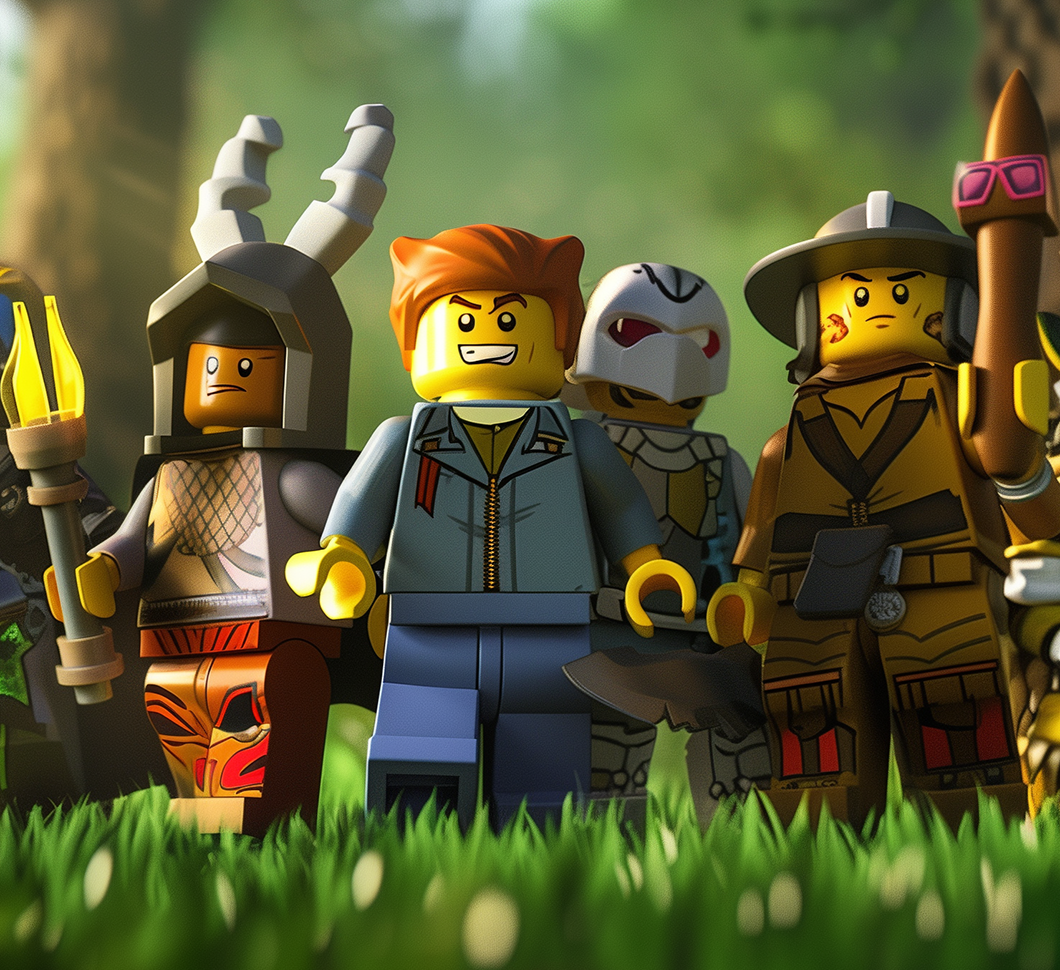 Roblox Trends in Gaming that Shape the Next Wave of Digital Engagement
Roblox Trends in Gaming that Shape the Next Wave of Digital Engagement  How to Hire the Best Roblox Game Developer for High-Impact Projects
How to Hire the Best Roblox Game Developer for High-Impact Projects 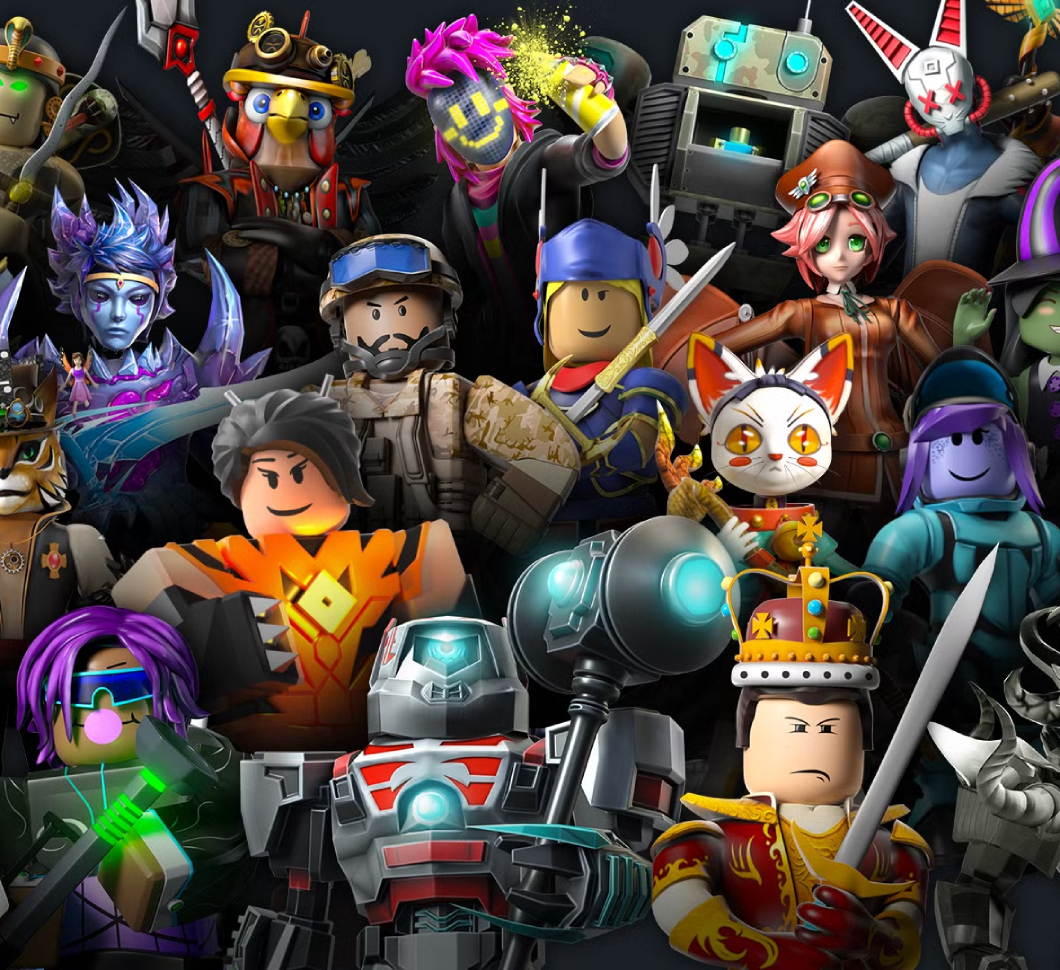 Roblox Game Ideas That Actually Work: From Concepts to Profitable Designs
Roblox Game Ideas That Actually Work: From Concepts to Profitable Designs 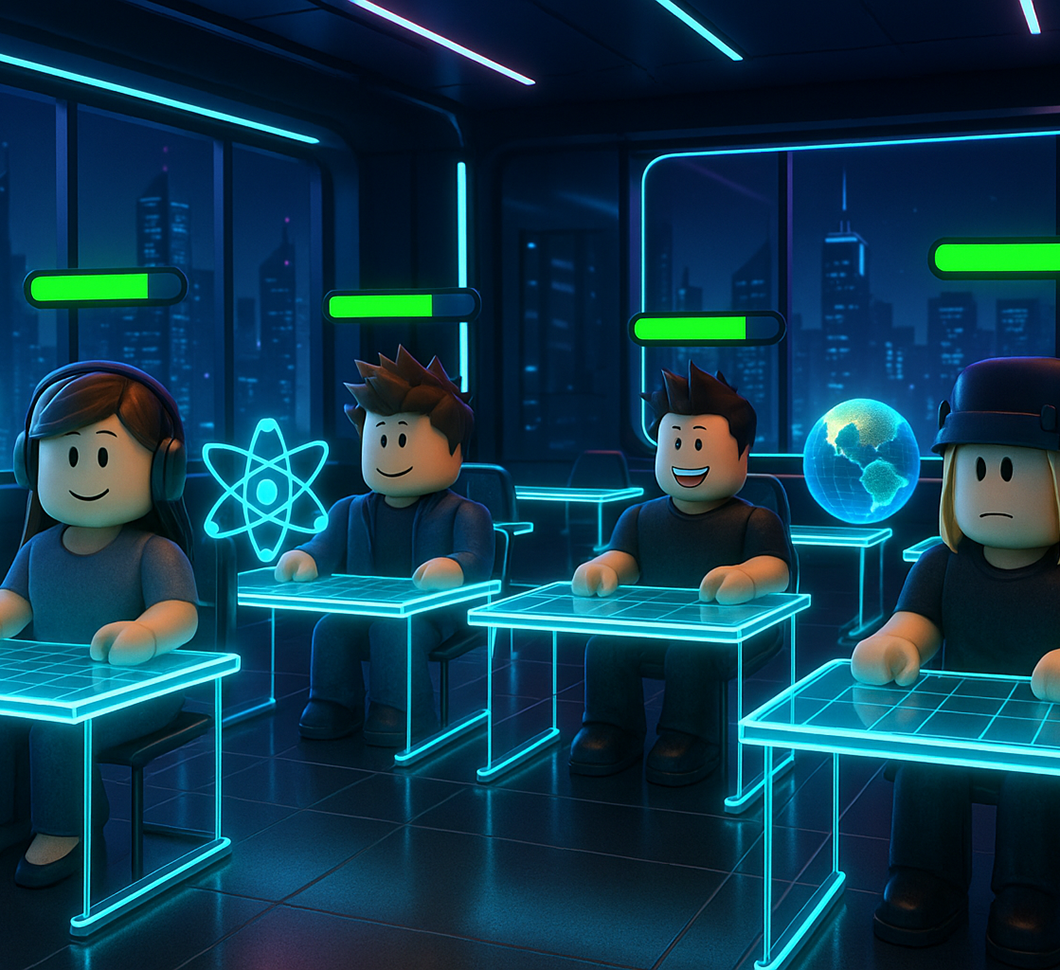 Roblox — Play-to-Learn Gamified Education
Roblox — Play-to-Learn Gamified Education  Roblox VR Games Are Booming. Here’s How to Ride the Wave
Roblox VR Games Are Booming. Here’s How to Ride the Wave 











